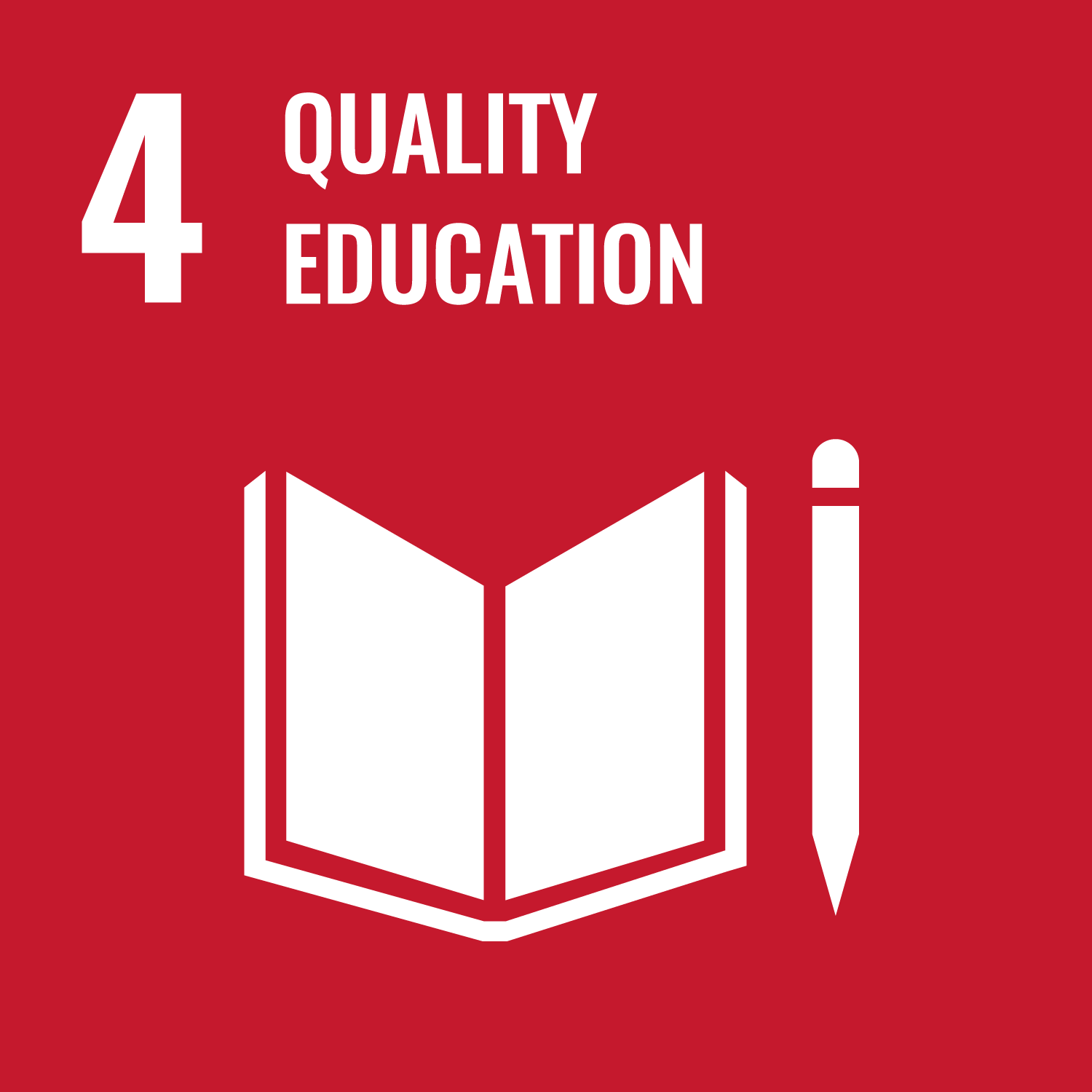Farnsworth, V.L. orcid.org/0000-0002-6729-036X (2024) How spatial considerations figure into aspiration formation and agency. Research in Education. ISSN 0034-5237
Abstract
As young people near the end of compulsory schooling they are faced with decisions about what future education, training and employment they will pursue. This paper argues that imagined future education, training and career prospects can have largely under-recognised socio-spatial dimensions. This claim disrupts received notions around careers decision-making as distinctly rational, based on academic strengths, skills, or talents. This spatial argument follows from a theoretically-informed analysis of interviews conducted with 15 young people living in England. Sampling was opportunitistic and the design flexible to enable me to explore the use of different methods which could foreground reflections on space and place. Interviews employed visual methods (including photo voice) to prompt young people to talk about their conceptualisations of places and spaces as well as future education, training and career considerations. Focusing in particular on three participants’ reflections, I suggest that through a process of emplacement young people are constructing thirdspaces, a concept proposed by Soja. This process both supports aspiration formation and disrupts imposed structures or labels that might otherwise be deterministic of particular post-16 pathways and subjectivities. For three participants, I consider the ways their conceptions of spaces are implicit responses to cultural expectations, limitations and structures. These three participants are presented as developing what Yosso has called spatially-informed navigational and resistant capitals. Claims are made in the context of an analysis framed by an interpretation of agency in terms of the identity and implied subjectivities. The process by which a young person emplaces themselves in a possible future and the construction of imagined thirdspaces could be untapped cultural resources informing young people’s post-16 decisions and planning which could lead them to build future pathways they themselves value.
Metadata
| Item Type: | Article |
|---|---|
| Authors/Creators: |
|
| Copyright, Publisher and Additional Information: | © The Author(s) 2024. This is an open access article under the terms of the Creative Commons Attribution License (CC-BY 4.0), which permits unrestricted use, distribution and reproduction in any medium, provided the original work is properly cited. |
| Keywords: | Space; place; identity; careers; aspirations; sense of belonging; inequality; young people; critical theory and education; sociology |
| Dates: |
|
| Institution: | The University of Leeds |
| Academic Units: | The University of Leeds > Faculty of Medicine and Health (Leeds) > School of Medicine (Leeds) > Leeds Institute of Medical Education |
| Depositing User: | Symplectic Publications |
| Date Deposited: | 05 Feb 2025 14:53 |
| Last Modified: | 05 Feb 2025 14:53 |
| Status: | Published |
| Publisher: | SAGE Publications |
| Identification Number: | 10.1177/00345237241282506 |
| Related URLs: | |
| Sustainable Development Goals: | |
| Open Archives Initiative ID (OAI ID): | oai:eprints.whiterose.ac.uk:222890 |
Download
Filename: farnsworth-2024-how-spatial-considerations-figure-into-aspiration-formation-and-agency.pdf
Licence: CC-BY 4.0


 CORE (COnnecting REpositories)
CORE (COnnecting REpositories) CORE (COnnecting REpositories)
CORE (COnnecting REpositories)